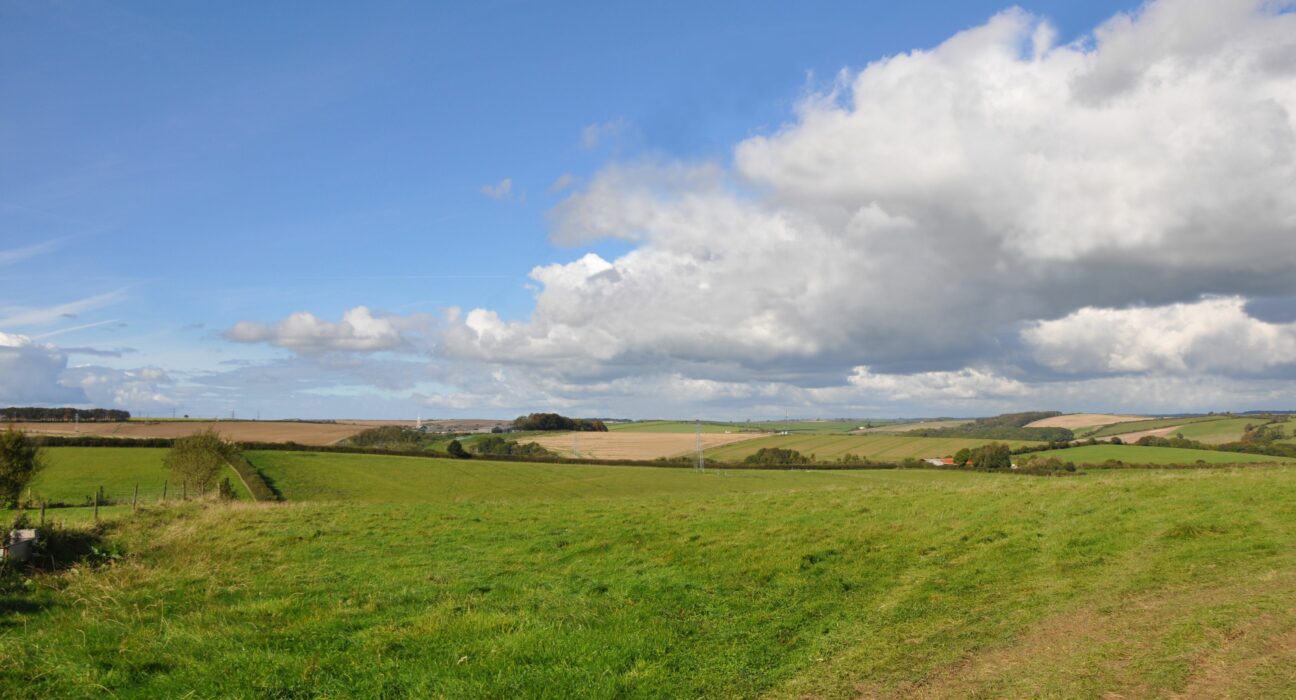After seven years in the planning, 22 pylons in the Dorset Area of Outstanding Natural Beauty are coming down.
The ‘Going Underground’ project will see almost 9km of overhead line now replaced with buried cables and the natural landscape being restored.
The work is the first project in the National Grid’s £465 million Visual Impact Provision programme.
The felling of the 22 pylons, between Martinstown and Winterbourne Abbas, is one of the first schemes in the world to remove existing high-voltage electricity transmission infrastructure, which has been in place since the 1960s, solely to enhance the landscape. As part of how it is regulated by Ofgem, National Grid Electricity Transmission has been given dedicated funding to pursue projects to reduce the visual impact of its infrastructure in AONBs and national parks.
Working with principal contractor Morgan Sindall Infrastructure, work on the project started in 2015 with initial technical workshops for stakeholders and public ‘drop-in’ events in the AONB. Burying the cables underground was the preferred option as it was felt that screening or camouflaging pylons would not have sufficient impact. In June 2018, planning permission was granted, and construction began on site the following year.
In addition to the complexity of the engineering which saw the use of specialist equipment more usually found on Alpine slopes, and world-leading teams brought in for each stage of the project from cable jointing to pylon-felling, the project also had a team of 25 archaeologists on site who unearthed a wealth of fascinating finds on an impressive scale, uncovering human presence in the area dating back 6,000 years.
Dorset AONB partnership manager Tom Munro said: “The many archaeological discoveries arising from the project have confirmed and enriched our understanding of the South Dorset Ridgeway as an ancient ceremonial landscape of national significance, with its huge number and variety of scheduled monuments from neolithic stone circles to Bronze Age barrows and Iron Age hill forts.”
In addition to the VIP project in Dorset, National Grid is also progressing plans to replace existing electricity infrastructure in three other protected landscapes, including the North Wessex Downs Area of Outstanding Natural Beauty and Peak District National Park where construction has begun, and Snowdonia National Park.
The Dorset Area of Outstanding Natural Beauty covers over 40% of Dorset, stretching from Lyme Regis, along the coast to Poole Harbour and north to Hambledon Hill near Blandford Forum. The Dorset AONB Partnership brings together 20 organisations to conserve and enhance the natural beauty of this nationally important protected landscape.
News
New horizons as pylons are felled from Dorset AONB
- by Miranda Robertson
- October 5, 2022
- 0 Comments




